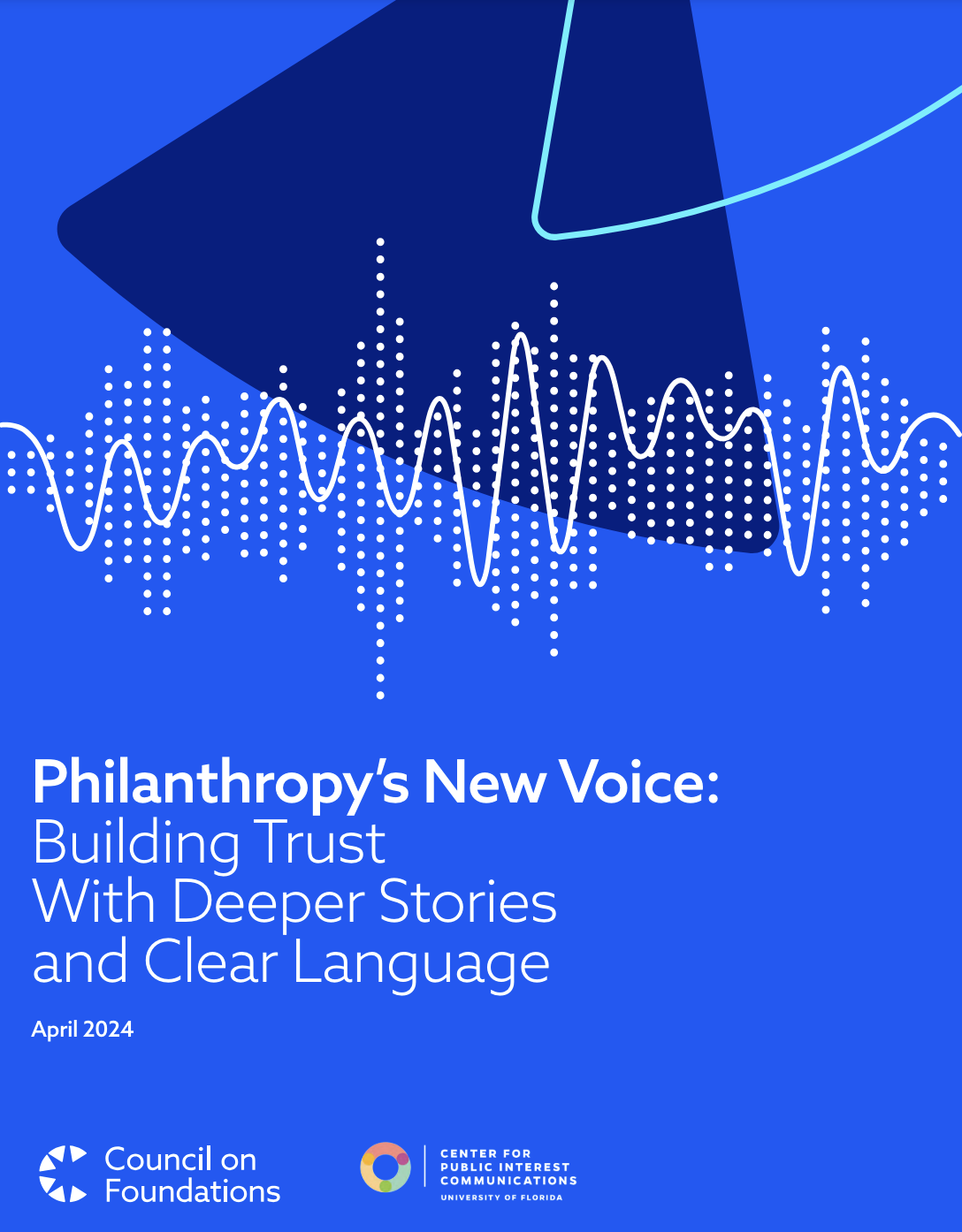Summary
Previous research conducted on Noelle-Neumann’s spiral of silence theory has focused on how the theory manifests itself in various real-life situations, primarily in large and small group settings. Little research however, has explored what, if anything, changes when the spiral of silence theory is tested in an online environment.
This paper is a mix of qualitative and quantitative methodology exploring the creation and growth of various online communities. It looks into how these online groups help eliminate the feeling of isolation among individuals with minority views, and hence affect the spiral of silence theory. The focus of this study is to test the spiral of silence theory in a two-way, electronic, group-communication type setting. The setting for this study is the various online communities where people with different, or minority views may connect. This study will also explore how the growth of online communities, and the subsequent ineffectiveness of the spiral of silence theory can be used to start grassroots campaigns—spreading their agenda and garnering support for their various causes, both online and offline.
Method
A textual analysis of two “Protest Blog” message board forums, www.ProtestWarrior.com, and www.freerepublic.com over a period of four months in 2006 was conducted. These message board forums were where people with any issue[s] can post messages, explain their issues, and generate support and ideas.
Key Findings
- Online communities provide a forum for people with like-minded views to connect with each other and express their views freely. This normally applies to people with all kinds of views – from the common, every day views to the more rare, obscure, and even weird views.
- Online communities provide a voice for the “vocal minority.”
- An analysis of the message posts on ProtestWarrior.com and www.freere-public.com shows that as more people agreed with DeadCorpse’s (the original author of the “Send a Brick to Congress” campaign) ideas, the more motivated and detailed the individual became about the campaign, which caused more people to express their agreement with the idea within those online environments.
Implications for Practice
Analysis of Google search results revealed patterns in the real world mirroring the popularity of the campaign online – proving that the growth of online communications negates the effects of spiral of silence theory and gives rise to the “vocal minority” which takes the issues and publicize them till they no longer appear to be the minority views. This further causes more people to support them more openly – online and in the real world.
Organizations can use this knowledge to create perceptions of their views being popular and widespread. Advocacy and marketing objectives can be achieved while maintaining two-way communications with the organization’s publics, as well as within those publics. With the immense growth in social media, tools such as Twitter and Instagram can be used to create such effects.
Article Location:
The full article is available for free at: http://www.prsa.org/intelligence/prjournal/documents/201405mohammed.pdf



